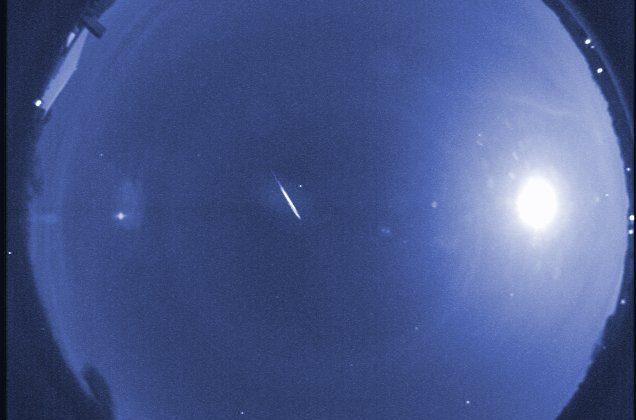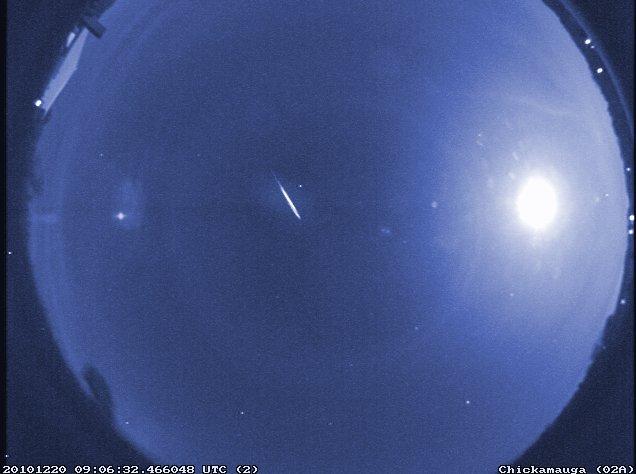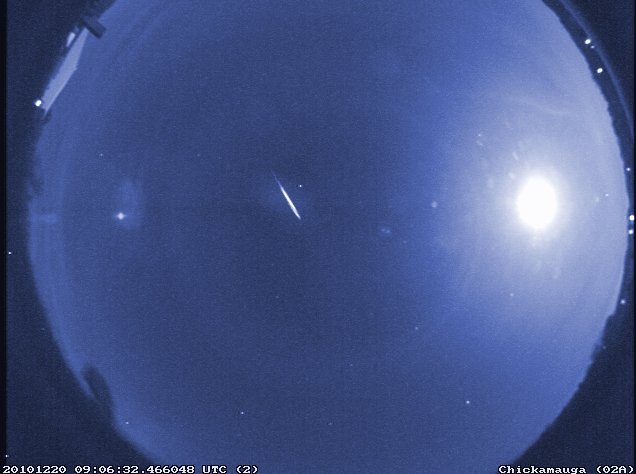Live stream from a NASA camera at the Marshall Space Flight Center in Huntsville, Alabama
It’s the new year and the celestial sky plans to celebrate with fireworks of its own.
Catch the Quadrantid meteor shower Wednesday morning as the shower peaks in the early morning hours of Jan. 4.
The entire northern hemisphere will get a great view of the Quadrantid shower, which is considered the year’s most intense, with a maximum rate of 200 shooting stars an hour.
Central South America, southern Africa, and Australia will see a few Quadrantids, but New Zealand’s South Island and the southern tips of Chile and Argentina won’t get a chance to see the meteor shower.
The prime time for watching the Quadrantid meteor shower is after moonset at about 3 a.m. Shooting stars will light up the night sky at a rate of between 60 to 200 an hour until sunrise. The window for meteor viewing is small, though. Unlike the Perseid and Geminid showers which peak on multiple nights, you'll only get two hours on Wednesday morning to view the Quadrantids.
Heed these words of advice when viewing the Quadrantid meteor shower:
* Dress warmly in layers. It’s better to overdress than to freeze through an entire meteor shower!
* Give your eyes 20 to 30 minutes to adjust to the darkness so you can see the shower clearly and crisply.
* Find an isolated and comfortable place where you can lie on your back to view the meteor shower. Select a location that has minimal light pollution.
The Quadrantids are named after a constellation that no longer exists by the same name. The shooting stars come from an asteroid named 2003 EH1, which scientists think broke off of a larger celestial body, an event that caused the meteors you see in the shower to fall through Earth’s atmosphere at 90,000 miles per hour more than 50 miles above the Earth.






